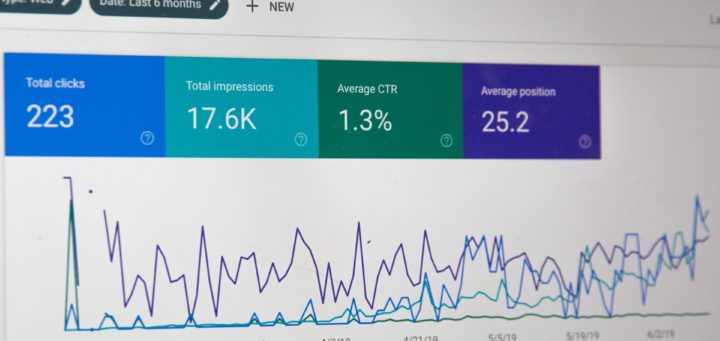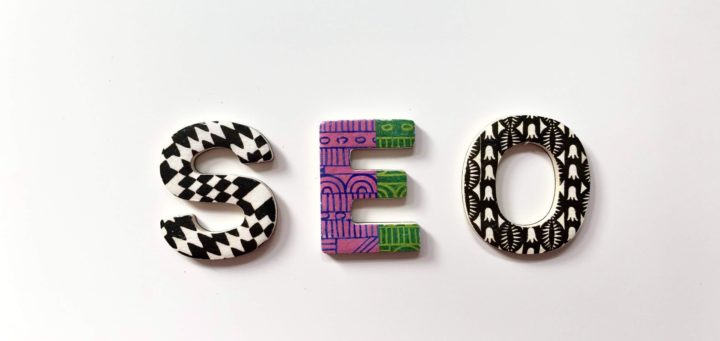A Beginner’s Guide to Link Building: Part II
As mentioned in Part I of our Beginner’s Guide to Link Building, there are three types of links that you can develop: outbound links, internal links and inbound links. Outbound links are links to outside sources within your site content, internal links are links to your own content within your own site, and inbound links are where other sites link to your own website. All three types require a lot of hard work, particularly inbound links because they are dependent upon excellent, shareable content.
Link building strategies and tactics can be different for every industry, every budget, and every time constraint. Our Step-by-Step Guide to Link Building goes over all of these options and examples so that you’ll understand where to focus, depending on the needs of your business.
The Quick & Dirty
While we definitely want to stress the importance of the quality of links versus the quantity of links, there are some quick and easy links that you can develop right away, and usually for little to no investment.
- Profile Links: Homepages or profile pages for your social media accounts provide prime real estates to link to your website. Include links on your Facebook page, Twitter homepage, YouTube channel, Google+ profile, or LinkedIn profile.
- Directory Submissions: online directories are a good base to build inbound links, with both paid and unpaid versions. In addition to large, full-service directories, you can also usually find directories specific to your industry. Some examples of directories are as follows:
- Blog Directories (for example, Blogorama)
- Paid Directories (Yahoo Directory, or Business.com)
- Free Product & Services Directories (for example, Hotfrog)
- Consumer Directories (think Better Business Bureau or Chamber of Commerce directories)
- Blog Commenting/Community Building: this method can easily look ‘spammy’ if you aren’t careful with it. Instead of wildly commenting on random blogs with a link to your website, use this tactic to create conversations and build community. Comment with useful advice on other blogs or message boards; use your LinkedIn profile to generate social mentions or share content from your site; provide answers to questions on Yahoo Answers, etc.
Get Blogging
As you are probably aware, anything with the word “blog” in it requires a time commitment, although the cost is usually low (or free). Link building via blogging requires considerable effort, but it’s one that provides the most ROI.
- Maintain a Blog: Generating consistent, useful, and interesting content that your audience will naturally want to share or link to is one of the best methods to increase your inbound links. If you’re stuck for content, check out our ideas in the “link baiting” section below.
- Update Old Content: Optimize your lowest-hanging fruit by re-writing old content to include new outbound and internal links. For example, if you wrote a blog post last year about a specific topic you’ve also recently talked about, update that old content to include new internal links to the new content, or update the outbound links to more recent, relevant content, if applicable. This not only helps with outbound and internal linking, but may also increase your chance of new inbound links, if the revised content intrigues new audiences, or if the other blogs you’ve linked to appreciate you efforts and link back to you.
- Guest Blogging: Search for blogs that are open to guest blogging, and see if they’d be a good fit for your company and content. They’ll usually allow you to include a link back to your website in the author details. Plus, guest blogging adds to community building and increases the chances of finding new audiences to naturally visit your site, as well as other bloggers linking to your great content! Blogs are a very social tool, after all.
Another helpful tip is to add social share buttons to any of your posts or content for a seamless way for your readers to share your content. See below for an example:
Companies that blog have 97% more inbound links – HubSpot State of Inbound Marketing Lead Generation Report, 2010 [Tweet this!]
Link Baiting
As mentioned in last week’s cartoon post, Link Baiting is the process of “fishing” for traffic by publishing great content (or “bait”), and hoping others love it so much that they link to it in their own content. In addition to building out your brand and audience, link baiting is a another effective method of collecting inbound links, as long as you are publishing high-quality content that encourages linking.
In terms of content, there are 5 types of “hooks” that you can use in your link baiting campaigns: News, Humour, Contrary, Attack & Resource.
- A News Hook reports on current events or industry news, in a unique and enticing way (ie: your take on a controversial news topic, or summarizing opposing viewpoints of the same topic)
- A Humour Hook is what we are doing today: posting a funny cartoon, or a joke, or something else humorous that is likely to attract viewers who will share and link to your hook
- A Contrary Hook is where you contradict another post or comment in order to stir up discussion or controversy.
- An Attack Hook is a more serious version of the Contrary Hook, in which you personally call out another person or news source for what they’ve posted in their own content or commentary.
- A Resource Hook offers a hub of information, where you can find how-to’s, freebies, or other aggregates of useful information.
Creating useful and shareable content is easier than you might think: some examples could include free templates or tools, product reviews, case studies, video interviews with interesting guests, or webinars.
Visual content is also one of the best ways to go viral and get your content out to the (potential) masses. Infographics or slideshows via tools like Quiet.ly offer data visualization experiences that also copyright the content to its producer; information that will be shared whenever the image or slideshow is shared.
Competitor Backlink Research
If you can’t beat ’em (or even if you can), join ’em! Doing some backlink research on competitors may help you find useful links or directories that you were previously unaware of. Again, take note that quality is always of more importance than quantity, so even if a competitor has 1,000 backlinks…they may not be good ones. Always do a thorough check of each link or directory to make sure it’s of a high quality and authoritative enough to not have you penalized by Google for spammy content.
Other Tips
If you have limited time or funds to invest in the link building process, this Complete List of Link Building Tactics is a great resource that will allow you to filter the link building tactics that matter the most to you (ie: execution time, link value and dependency on other sources) to help you strategize your campaign. It’s the best all-inclusive list that we’ve found and you should find it very useful!
Summary
We hope you have found our Beginner’s Guide to Link Building to be a helpful tool that can get your link building campaign off the ground. Umami’s Digital Marketing Postcard will be available next week, and this month’s video tutorial will discuss the final topic in our link building series: common mistakes to avoid. Make sure you follow us on YouTube so you don’t miss out!




